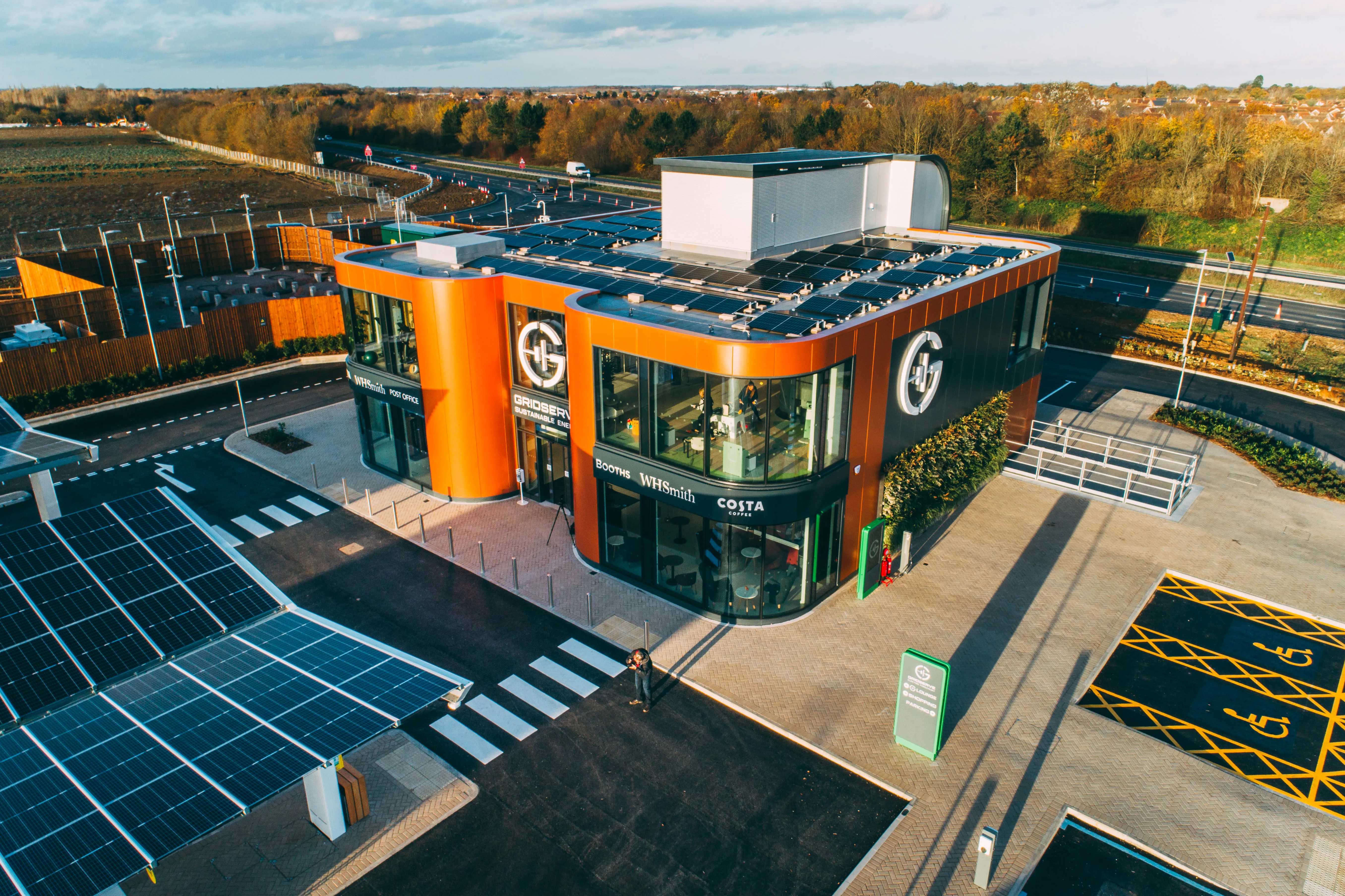According to IDTechEx Research reports, Power Electronics for Electric Vehicles 2016-2026, Mild Hybrid 48V Vehicles 2016-2031 and Structural Electronics 2015-2025: Applications, Technologies, Forecasts”, el4ctric vehicles (EVs)have a cost challenge: hybrids have complexity problems meaning reliability and space issues. Extra power electronic units arrive for tasks such as a vehicle-to-grid, vehicle-to-house and inductive charging. Many more will be added in future such as regeneration modules - thermoelect
June 24, 2016
Read time: 2 mins
According to 6582 IDTechEx Research reports, Power Electronics for Electric Vehicles 2016-2026, Mild Hybrid 48V Vehicles 2016-2031 and Structural Electronics 2015-2025: Applications, Technologies, Forecasts”, el4ctric vehicles (EVs)have a cost challenge: hybrids have complexity problems meaning reliability and space issues. Extra power electronic units arrive for tasks such as a vehicle-to-grid, vehicle-to-house and inductive charging. Many more will be added in future such as regeneration modules - thermoelectric, exhaust turbine, energy harvesting shock absorber and thermoelectric, for example. Even external harvesting systems get added such as wind turbines that erect when the vehicle is parked and photovoltaic systems but it is inefficient to build a vehicle design by adding them all as separate modules increasing cost, weight and space. Consequently, attention is turning to integration by designing out many of the circuits, merging others and eventually blending mechanical, electrical and electronic systems into load-bearing smart material and smart skin.
Contentiously, CPT sees a possibility of programming a switched reluctance motor-generator in a 48V mild hybrid to replace the DC-DC converter charging the lead-acid and the lithium-ion battery. All agree that the 12V lead-acid system in the mild hybrid will go, the 48V Li-ion battery doing everything. Elsewhere, one lithium-ion capacitor could replace a battery plus supercapacitor.
Following the trend to two or more traction motors per vehicle, the Technical University of Berlin with Infineon is merging their motor controllers and the on-board charger (OBC). Infineon now has a special chip to assist.
At EVS29 in Montreal June 2016, Dr Martin Bruell of Continental, Germany, revealed progress on elimination of the OBC. In a paper, “Bidirectional Charge- and Traction-System” he reported, “We have developed a cost-efficient solution for E-Mobility targeting all kinds of conductive charging. It solves the chicken-and-egg problem of investment for fast charging electronics by reusing existing electronics in the car. It makes the charging station as simple as possible, which is AC charging. Furthermore all conductive charging interfaces can be used when the BCTS is installed”. He discussed the system architecture, the use cases and needs and the current development status of the involved components. The IDTechEx Research report, Future Powertrain 2016-2036 gives more detail.
Contentiously, CPT sees a possibility of programming a switched reluctance motor-generator in a 48V mild hybrid to replace the DC-DC converter charging the lead-acid and the lithium-ion battery. All agree that the 12V lead-acid system in the mild hybrid will go, the 48V Li-ion battery doing everything. Elsewhere, one lithium-ion capacitor could replace a battery plus supercapacitor.
Following the trend to two or more traction motors per vehicle, the Technical University of Berlin with Infineon is merging their motor controllers and the on-board charger (OBC). Infineon now has a special chip to assist.
At EVS29 in Montreal June 2016, Dr Martin Bruell of Continental, Germany, revealed progress on elimination of the OBC. In a paper, “Bidirectional Charge- and Traction-System” he reported, “We have developed a cost-efficient solution for E-Mobility targeting all kinds of conductive charging. It solves the chicken-and-egg problem of investment for fast charging electronics by reusing existing electronics in the car. It makes the charging station as simple as possible, which is AC charging. Furthermore all conductive charging interfaces can be used when the BCTS is installed”. He discussed the system architecture, the use cases and needs and the current development status of the involved components. The IDTechEx Research report, Future Powertrain 2016-2036 gives more detail.







